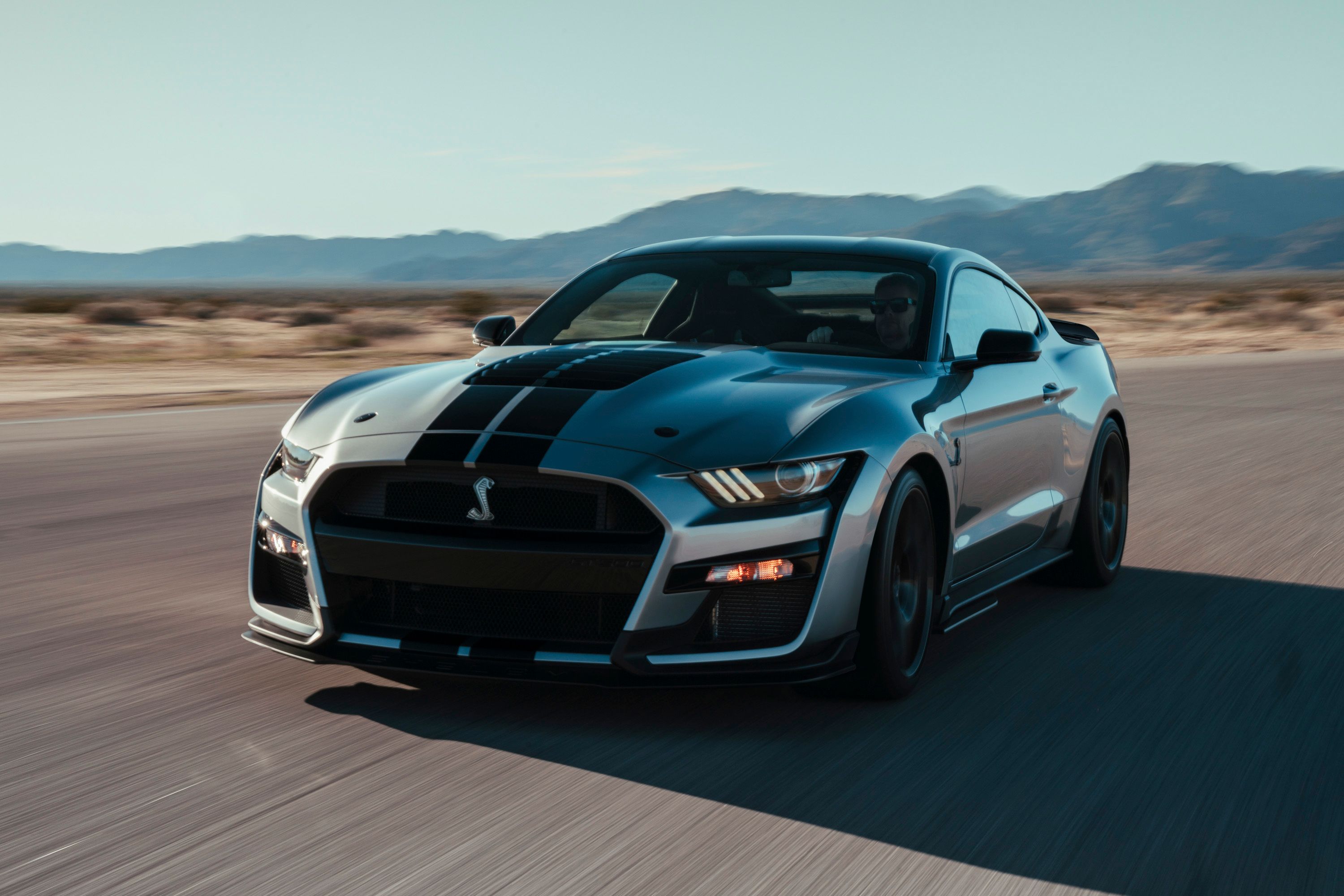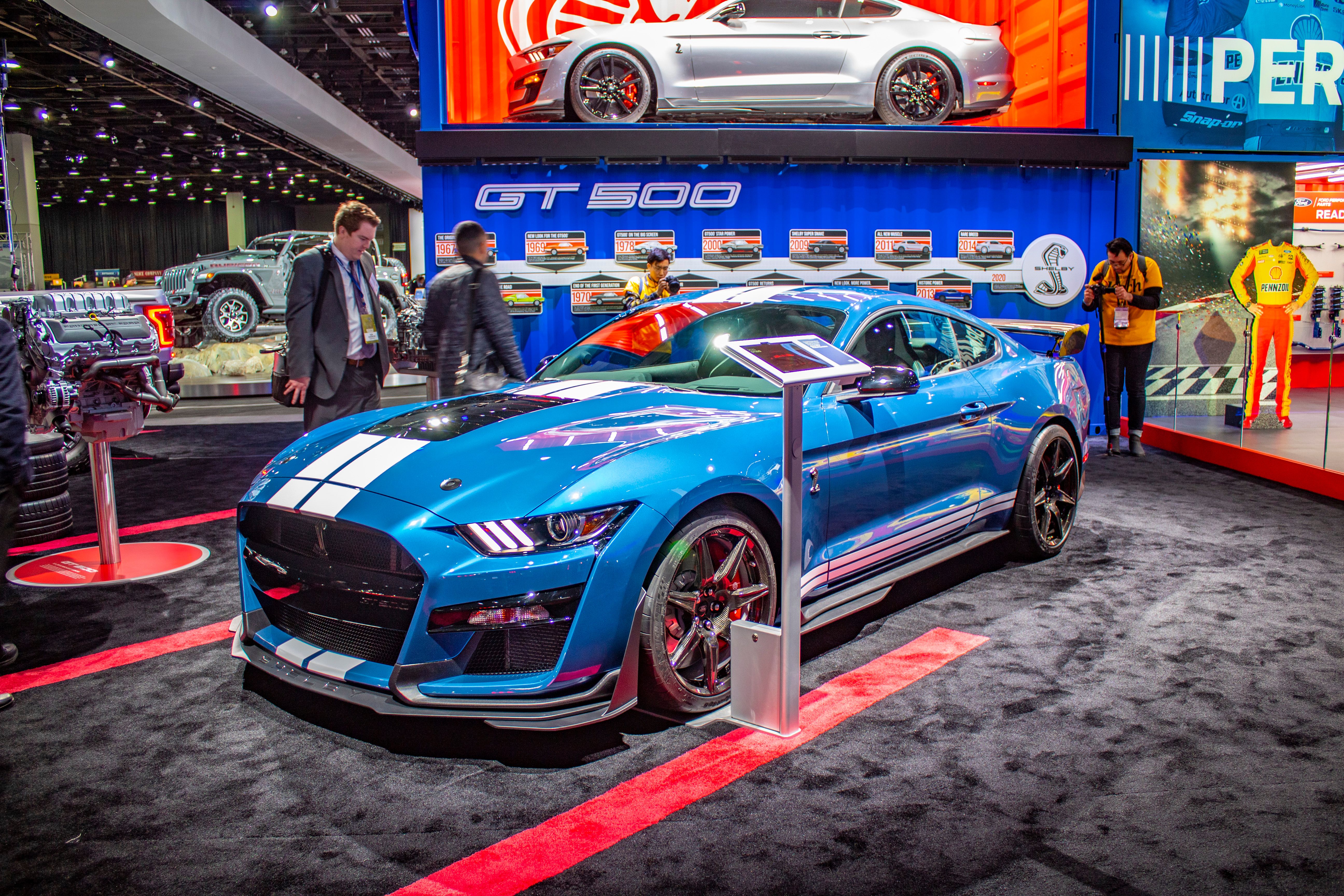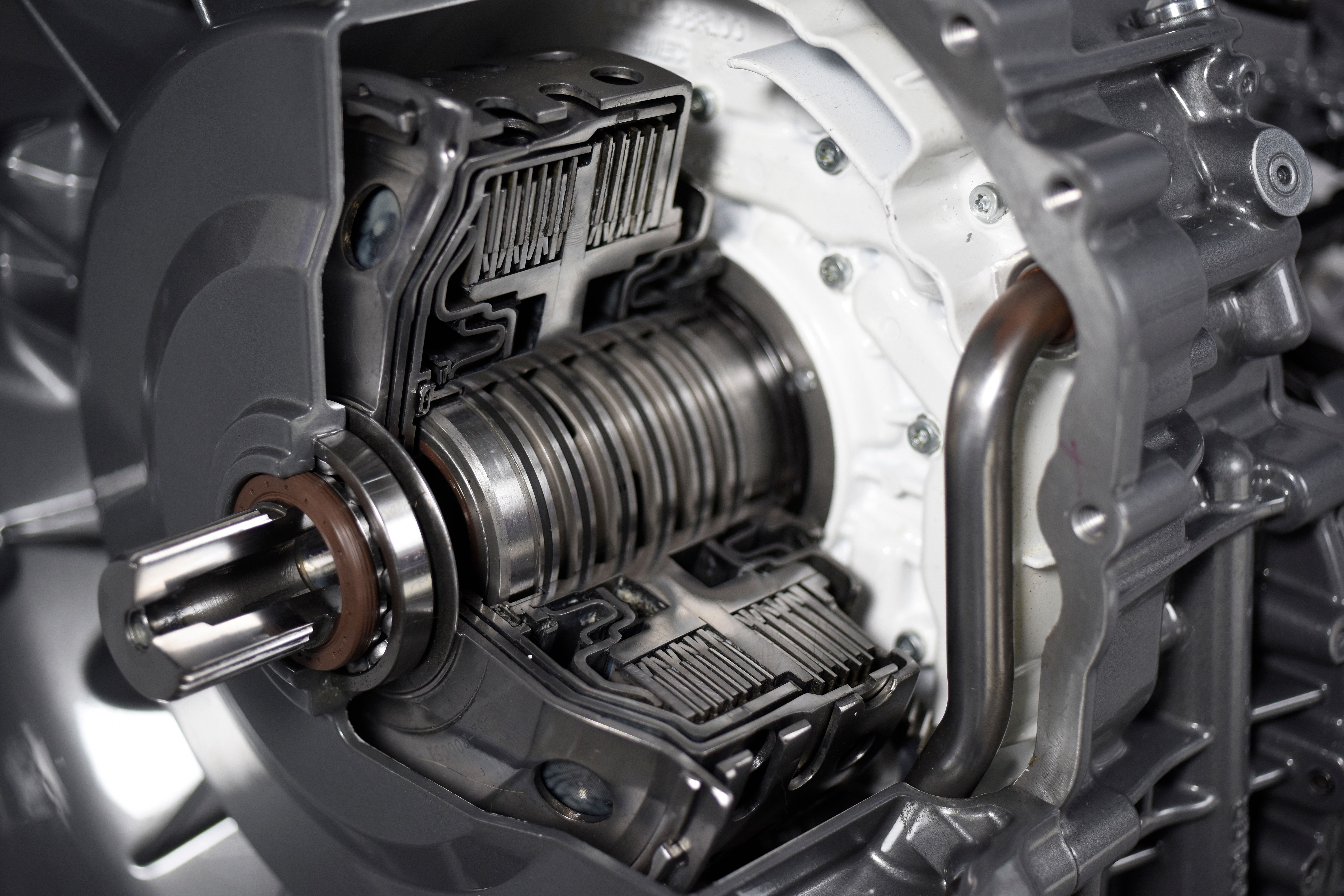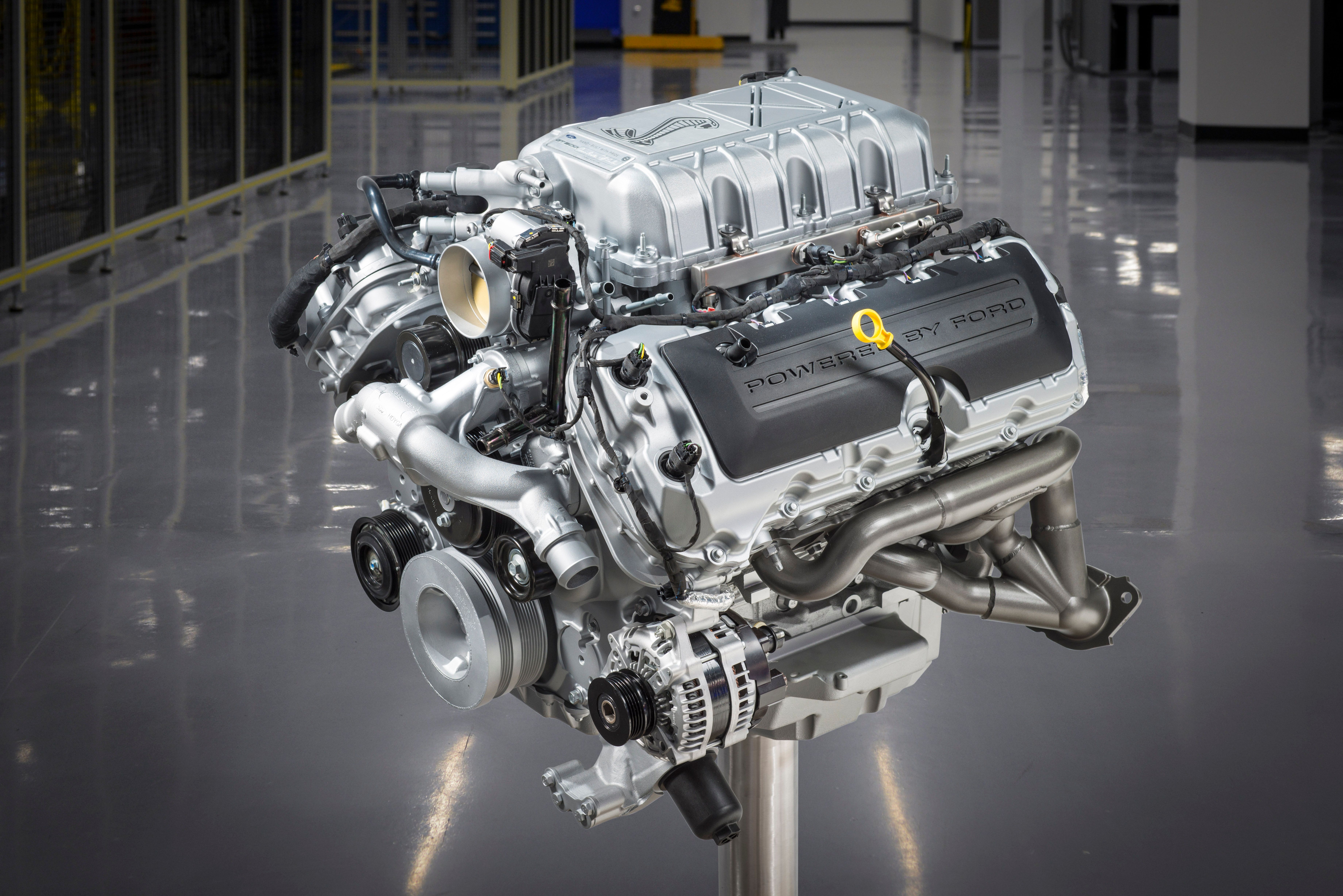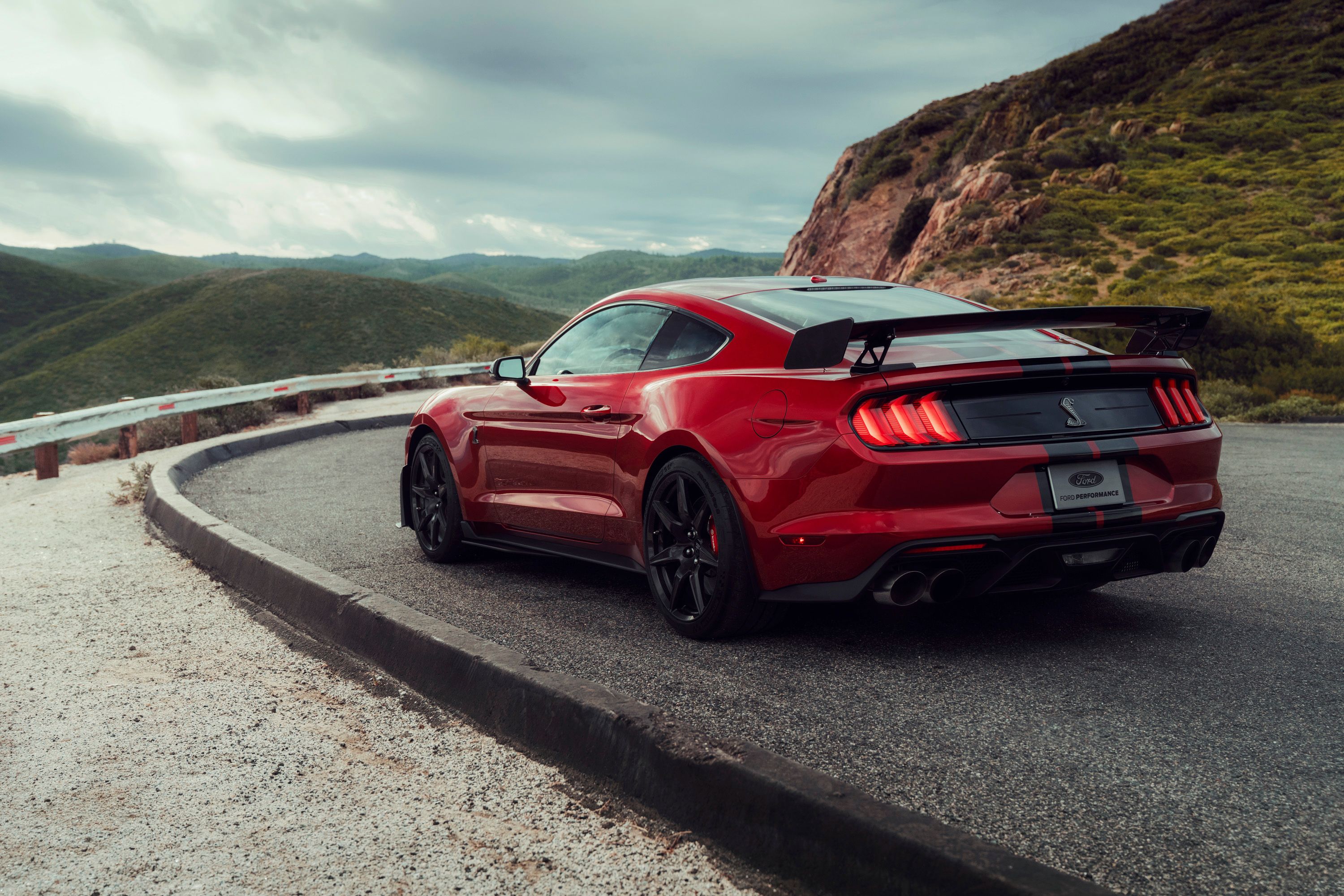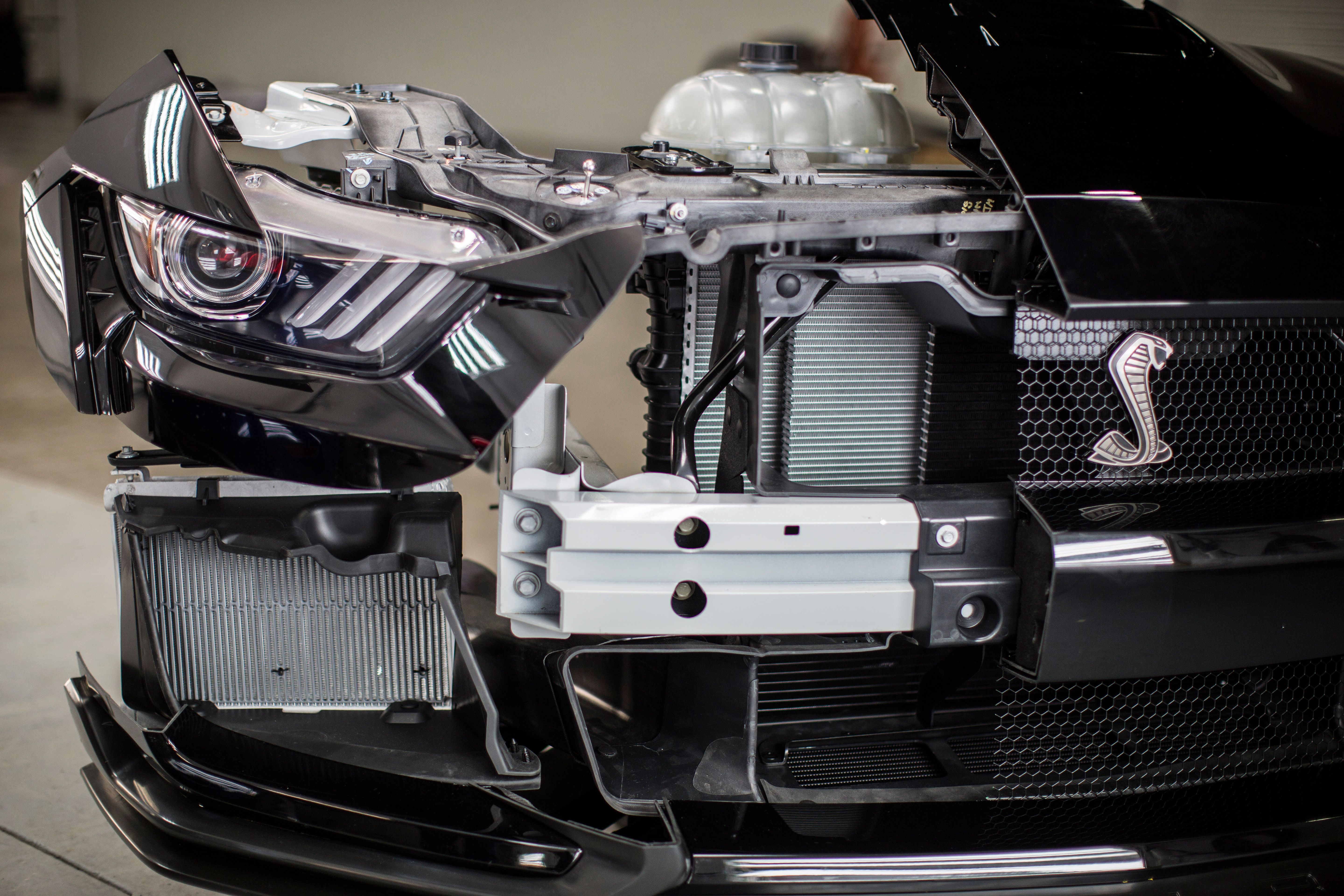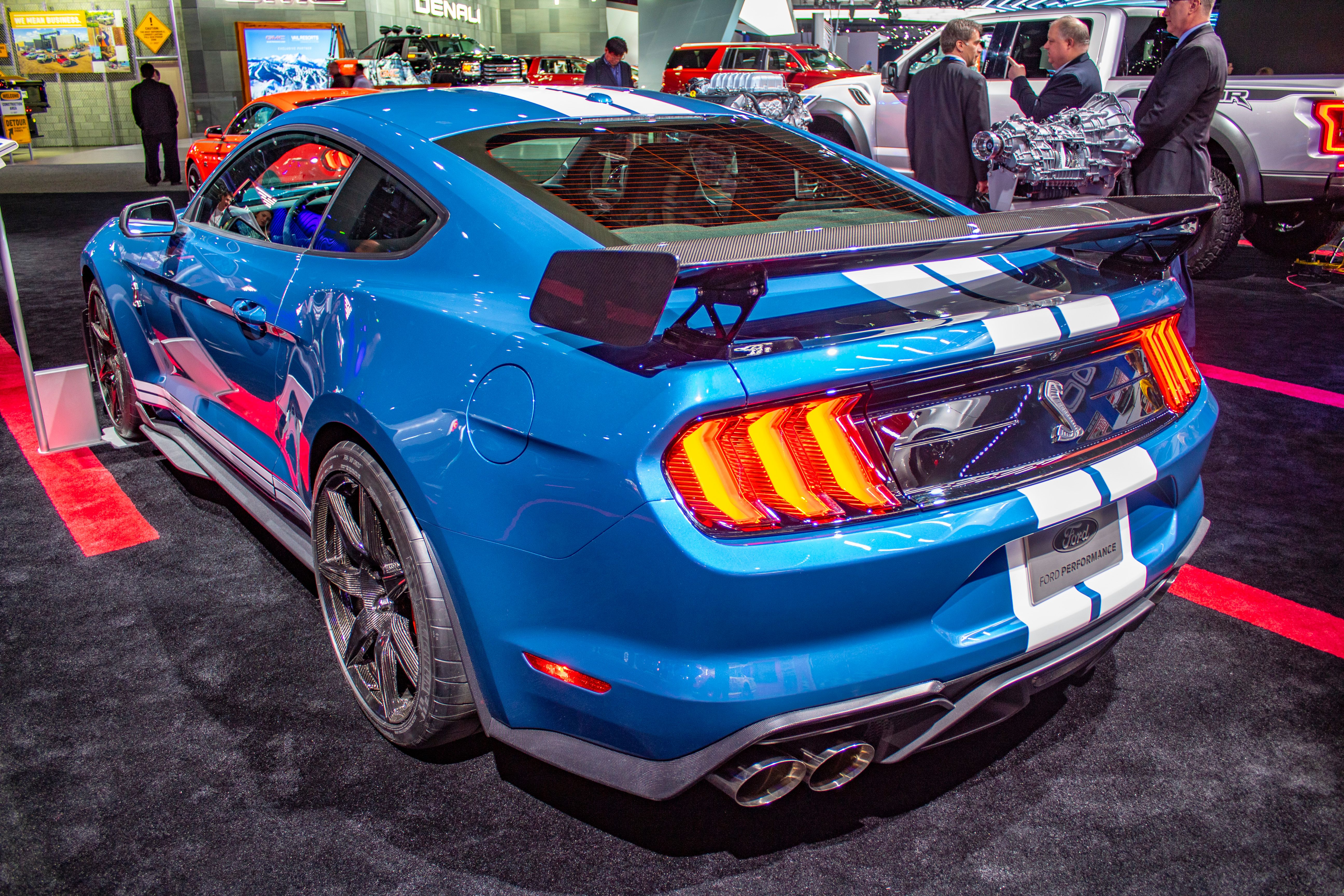First unveiled at the 2019 Detroit Auto Show, the Ford Mustang Shelby GT500 didn't reveal itself to us in full straight away. We had to wait until June to find out the exact output of the supercharged, 5.2-liter V-8 and then we found out how much it will cost. However, some pieces of the puzzle were still missing. Now, Ford revealed another metric: the 0-100-0 time of the GT500. As you already read the title, you'll know the most powerful road-going product of the Blue Oval does it in under 11 seconds and this places the monstrous muscle car in a rather exclusive club as you'll find out below - yet behind what Dodge and Chevy can do.
When Ford conceived the latest Ford Mustang Shelby GT500 that'll go on sale starting from $70,300 (without taxes) as a 2020 MY car, it pulled no punches in an effort to squash the Dodge Challenger Hellcat and the Chevy Camaro ZL1. Yes, it's not as powerful as the 797 horsepower Challenger SRT Hellcat Redeye but it's got 110 ponies on the Camaro ZL1 and 30 horsepower on Ferrari's F12 grand tourer that costs $320,000 when new. But the Mustang GT500 isn't all about raw speed as it can also accelerate, stop, and corner incredibly well - if you couldn't already tell by that GT4-style wing fixed to the tail end.
The GT500's 5.2-liter V-8 Is Seriously Powerful
A decade and a bit ago when Ford introduced the Mustang Shelby GT500 based on the fifth-generation Mustang (S-197). TopGear put one on the dyno and mocked it upon finding out that it didn't make 500 horsepower at the wheels. In turn, Richard Hammond promptly pulled out a marker pen and added the suffix "ish" next to the GT500 lettering on the car's rocker panels.
All that power, that's available at 7,300 rpm, comes from a 5.2-liter, supercharged, cross-plane crank V-8 that's, in essence, a relative of the mill you'll find under the hood of the Mustang Shelby GT350. But the GT350 only puts out 526 horsepower and its 5.2-liter V-8 is of the flat-plane crank variety besides the fact that it's not supercharged. The GT500 is also impressive when it comes to torque, putting down 625 pound-feet of twist from 3,000 rpm all the way to the redline.
To put it into perspective, the standard Dodge Challenger Hellcat cranks out 717 horsepower from its supercharged Hemi V-8 (up by 10 horsepower for the 2019 MY) while the Camaro ZL1's supercharged, 6.2-liter LT4 V-8 is capable of 650 horsepower and 650 pound-feet of torque - 25 more than the GT500 and as much as the Hellcat. Of course, there's the Redeye version with 797 horsepower and 707 pound-feet of twist and, while Ford may not like hearing this, it's the Redeye that should be the one to be pitted against the GT500 when you look at the price tag: the standard Hellcat starts from just $61,745 while the Redeye is priced at $72,745, basically as expensive as the GT500. Sure, the price of a run-of-the-mill Hellcat can also go up easily (the widebody kit alone costs $6,000) but it's still over $10,000 before you start delving into the options list.
The Mustang Shelby GT500 is crazy powerful even when compared with European supercars that cost twice or thrice as much. Take the mind-boggling Mercedes-AMG GT-R Pro, the did-we-really-need-this version of the already hardcore AMG GT-R. It costs little over $229,000 in Europe and the twin-turbocharged, 4.0-liter V-8 that calls the space underneath that elongated hood home is good for 577 horsepower. To spare you of making any maths, that's precisely 183 horsepower. Mitsubishi's most powerful model, the Outlander Sport with the 2.4-liter four-pot, puts out 186 horsepower.
Then there is stuff like the Huracan Evo, the most powerful Huracan ever made, whose 5.2-liter, naturally aspirated V-10 cranks out 630 horsepower and all are yours if you afford to pay the $261,274 MSRP. The Ferrari F8 Tributo, created to replace the impressive 488 GTB, comes with a 3.9-liter, twin-turbocharged V-8 engine pushing out 710 horsepower. Of course, the GT500 will be heavier than the 3,164-pound dry weight of the F8 Tributo but here's the reality check once again: we're talking about a Mustang that's more powerful than Ferrari's entry-level mid-engined supercar while costing a fraction of its price. We won't mention the C8 Corvette because we've only got official word on the output of the basic Stingray model (495 horsepower) and that's not relevant here. Until the Z06 or the ZR1 come forth with numbers, we'll withhold any judgment.
In the light of all this, the 0-100-0 time of 10.6 seconds (100 mph, not kilometers) announced by Ford doesn't sound like a fluke anymore although Chevy and Dodge fans will argue that it is anyway since both the Camaro and the Challenger are slower. The Camaro does it in 11.1 seconds and the Redeye in 11.8 seconds. Since this is not a common metric, these times were made by adding the 0-100 mph time with the 100-0 mph time. Ford did its time in one 0-100-0 mph go.
Moving on, TopGear delved into its archive and came up with the times managed by the likes of Audi R8 and Mercedes-AMG GT-R in the tests conducted by them. This is our only way to compare the GT50's time since manufacturers don't usually make a 0-100-0 mph time public for whatever reason. So, according to TG, the GT-R needed 10.81 seconds to pull it off while the R8 just 10.58 seconds. The BMW M5 did it in 10.66 seconds while McLaren's 570GT in 10.4 seconds, almost 1.3 seconds slower than the 720S. Then again, the 720S is a $284,745 supercar that's known for being stupendously quick - remember when a stock example ran the quarter-mile in less than 10 seconds?
Oh, and one more thing. Ford bragged that its maddest creation does this 0-100-0 mph thing even quicker than the McLaren F1 which once did it in 11.5 seconds. One such McLaren F1 will be up for grabs during this month's RM/Sotheby's Monterey sale and those in the know say it could fetch as much as $23 million. Imagine driving your gunmetal grey F1 LM that you just purchased for the equivalent of 327 Mustang Shelby GT500s and then one of them actually appears next to you and challenges you to a puzzling 0-100-0 mph race and you lose... that would be tough to grasp!
The GT500's Seven-Speed DCT is Extremely Quick... In the Right Mode
This transmission is touted by Ford as being "first-in-class" because it can shift in just 80 milliseconds when you put the Mustang in the most aggressive driving mode available. The Mustang comes with no less than five modes, from 'Normal' to 'Drag' and you'll need to engage either the 'Sport', 'Track' or 'Drag' to enjoy the quickest of shifts. Ford says that the gearbox features a wet clutch system with five friction plates for a total of 155 square inches of surface area. According to the press release put out by FoMoCo, "for maximum straight-line quickness, gear changes use “over-torque” shifts for uninterrupted power delivery, similar to powershifts that give an extra torque hit in between upshifts."
Besides the gearbox itself, the power is catered to by a 3.73:1 Torsen limited-slip independent rear suspension with larger half-shafts. To put it into context, Dodge also offers a spirited automatic with eight forward gears (the six-speed manual is not up to the job, frankly) while Chevy can put a 10-speed paddle-shift automatic in the Camaro ZL1 for a premium ($1,595 over the $7,500 you pay for the 1LE package). We don't know how quick the automatic shifts but we know that it helps it go quicker around the track. In the Challenger's case, it allows it to go from naught to 60 mph in 3.6 seconds (0.3 seconds quicker than you can pull with the manual). The Mustang GT500, meanwhile, needs about 3.5 seconds and another 3.2 seconds to get to 100 mph (the GT350 is two seconds slower to 100 mph needing 8.7 seconds and the Hellcat does the deed in 7.1 seconds).
The GT500's Front Brakes Play a Big Role Too
So, we've talked about how the 2020 Ford Mustang Shelby GT500 gets to 100 mph crazy fast and what makes those ludicrous numbers possible. We've also talked about how it stacks up against the usual suspects from GM and Dodge but also against some of the finest supercars and GTs out there. Now, let's talk about the second half of the matter: stopping from 100 mph. The GT500 benefits from the biggest brakes out of all of the muscle cars currently on the market with a diameter (in the front) of 16.5 inches. The Camaro ZL1's Brembo rotors measure just 15.35 inches in the front.
What's important to note is what tire grips to the wheels behind which you'll find these huge brakes. In Ford's case, rubber is provided by Michelin, namely the Pilot Sport 4S tires with a unique tread pattern made for this car. If your wallet can handle it (and you want to dial in that 0-100-0 mph run in 10.6 seconds), you'll need to pay $18,500 over the base price tag for the Carbon Fiber Package that comes with 20-inch carbon fiber wheels, the GT4 wing wrapped in carbon fiber, and, most importantly for us, the Michelin Pilot Sport Cup 2 tires - 305/30R20 front, 315/30R20 rear. As you'd expect Chevy and Dodge went for different tire suppliers: Dodge, since it's part of the FCA group, went the way of Italian tire company Pirelli who provides P-Zero tires (of the biggest variety with 305/35ZR20s in the front) for the Hellcat while GM ringed old pals Goodyear and specified the Eagle F1 Supercar R3 tire for the ZL1 (305/30R19 in the front and 325/30R19 in the rear on the ZL1 1LE).
Final thoughts
We've tried to provide you with as much data as possible in this article to make sense of what is, by and large, an unused metric in the automotive world. You don't really see it being tossed around by manufacturers - not even Ferrari, Lamborghini or Porsche seem to bother about it - on a daily basis so why did Ford release the number? For starters, it keeps people talking about the car and that's important for Ford who'd like to fill up as many build slots into the future as possible (only 5,000 will be built in the first year of production, mind you). It also makes people interested in something they didn't even know they'd be interested in and, somehow, this pressures arch-rivals Chevy and Dodge to improve in this otherwise hardly significant department in the future - just for the bragging rights if for nothing else.
So, does it matter to you? Well, if you want those bragging rights, sure, it does. Otherwise, it's damn near irrelevant, even more irrelevant than Nürburgring lap times that you'll never be able to match for a variety of reasons. But, at the same time, it's cool to see the Mustang beat well-known European brands in the battle of the numbers, especially when you consider the Mustang's MSRP. Let's wait and see how it'll stack up in the real world, on a track against those same cars - that's what will really matter.
Further reading
First 2020 Ford Mustang Shelby GT500 sells for $1.1 million
Read our full review on the 2020 Ford Mustang Shelby GT500
2020 Ford Mustang Shelby GT500 vs. 2019 Dodge Challenger SRT Hellcat Redeye
2020 Ford Mustang Shelby GT500 vs. 2019 Aston Martin DBS Superleggera

